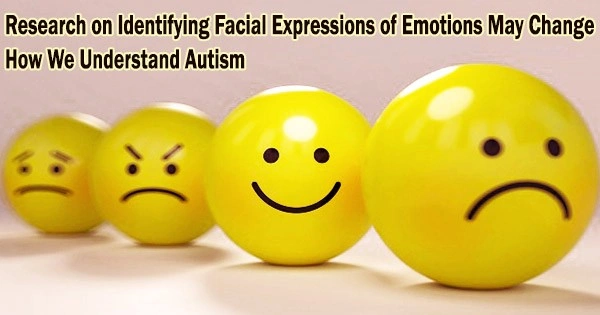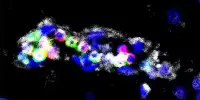It’s a prevalent misconception that people with autism have low emotional awareness and little understanding of how successful their own emotional recognition is.
However, new Australian research shows that adults with autism are just marginally less accurate than their non-autistic friends at recognizing facial expressions of emotion.
Recent studies contradict widely held beliefs that adults with autism have trouble recognizing social cues and have little understanding of how others read facial expressions, as reported in two papers recently published in the premier international journal Autism Research.
63 people diagnosed with autism and 67 non-autistic adults (with IQs ranging from 85 to 143) participated in a Flinders University study, with participants taking part in 3-5 hour sessions comparing their recognition of 12 human face emotion expressions such as anger and sadness.
Dr. Marie Georgopoulos collected a wide range of data during the course of her PhD, with subsequent reanalyses by the research team providing the basis for a series of research articles.
The findings cast doubt on the notion that autistic individuals are unable to accurately read facial emotion signs and suggest that social difficulties associated with autism may instead reflect changes that only become obvious in specific social interactions or high-stress situations.
Study co-author and Matthew Flinders Distinguished Emeritus Professor of Psychology, Neil Brewer, says by deploying a wide array of emotions, presented in a variety of different ways, this study suggests that autistic individuals are, on average, only slightly less accurate but at the same time somewhat slower when classifying others’ emotions.
“These findings challenge the notion that adults with autism are more likely to be overwhelmed by increasingly dynamic or complex emotional stimuli and to experience difficulties recognising specific emotions.”
Only a very tiny fraction of autistic people performed at levels below those of their non-autistic counterparts, and there was a significant overlap in the two groups’ abilities.
No matter how emotions were presented, the type of response needed, or the specific emotion being examined, the discrepancies between groups remained constant.
The study also found no indication of any differences between the samples of autistic and non-autistic people, despite the wide variation in how well each person understood and interpreted the emotions of others.
“The sophisticated methodologies used in these studies not only help refine our understanding of emotion processing in autism but also provide further demonstrations of hitherto unacknowledged capabilities of autistic individuals.”
“Further advances will likely require us to tap behaviors associated with emotion recognition and reactions to others’ emotions in real-life interactions or perhaps in virtual reality settings.”
















